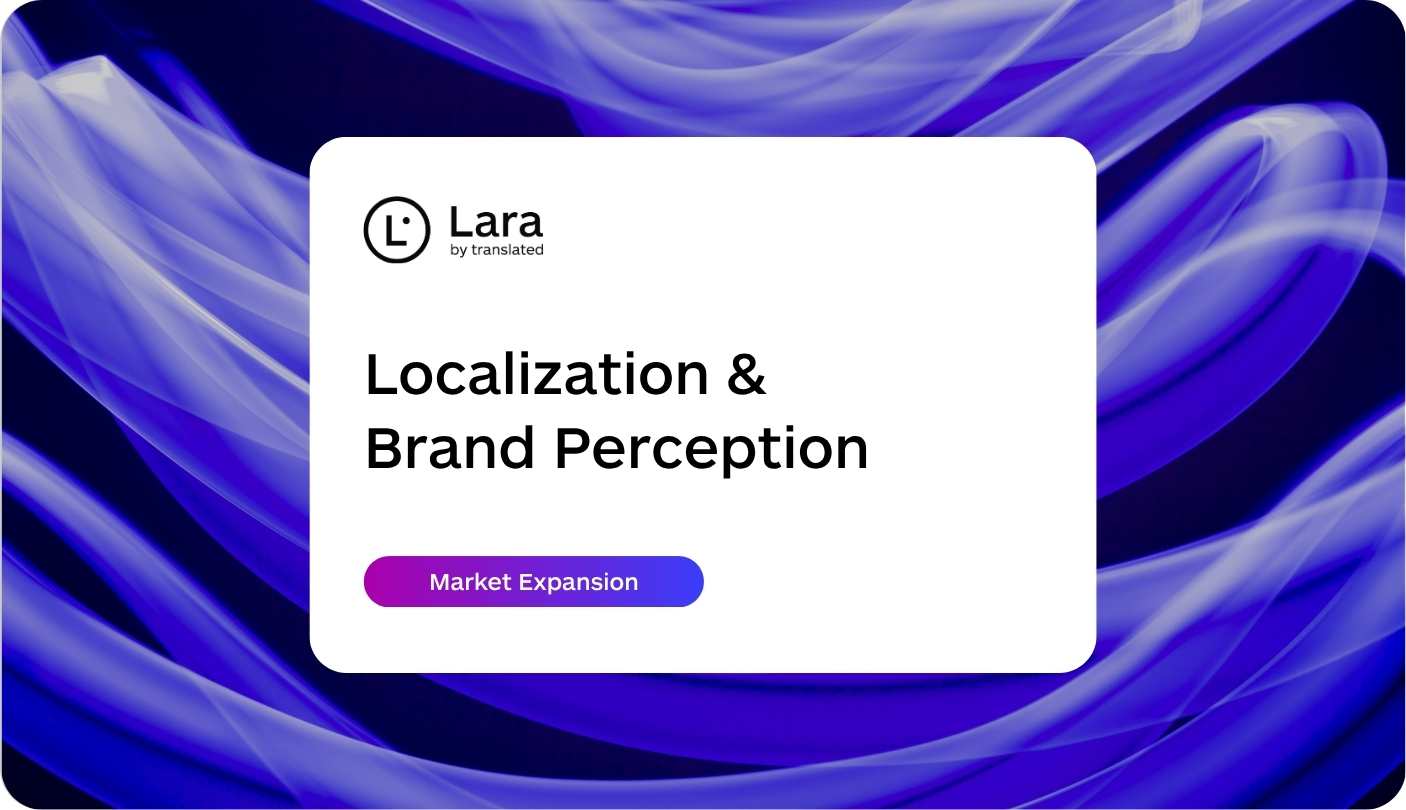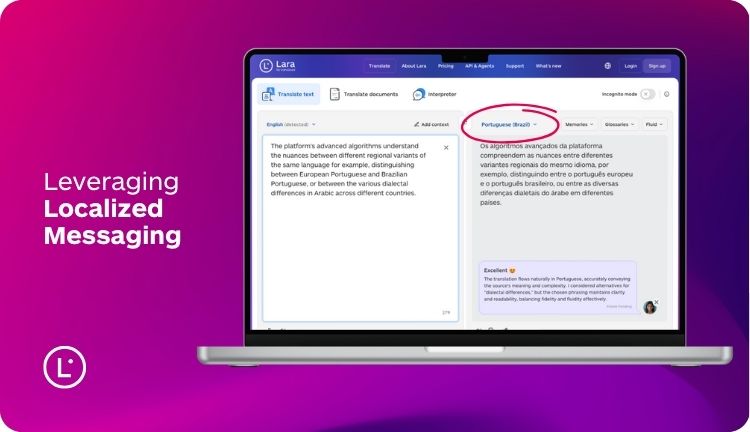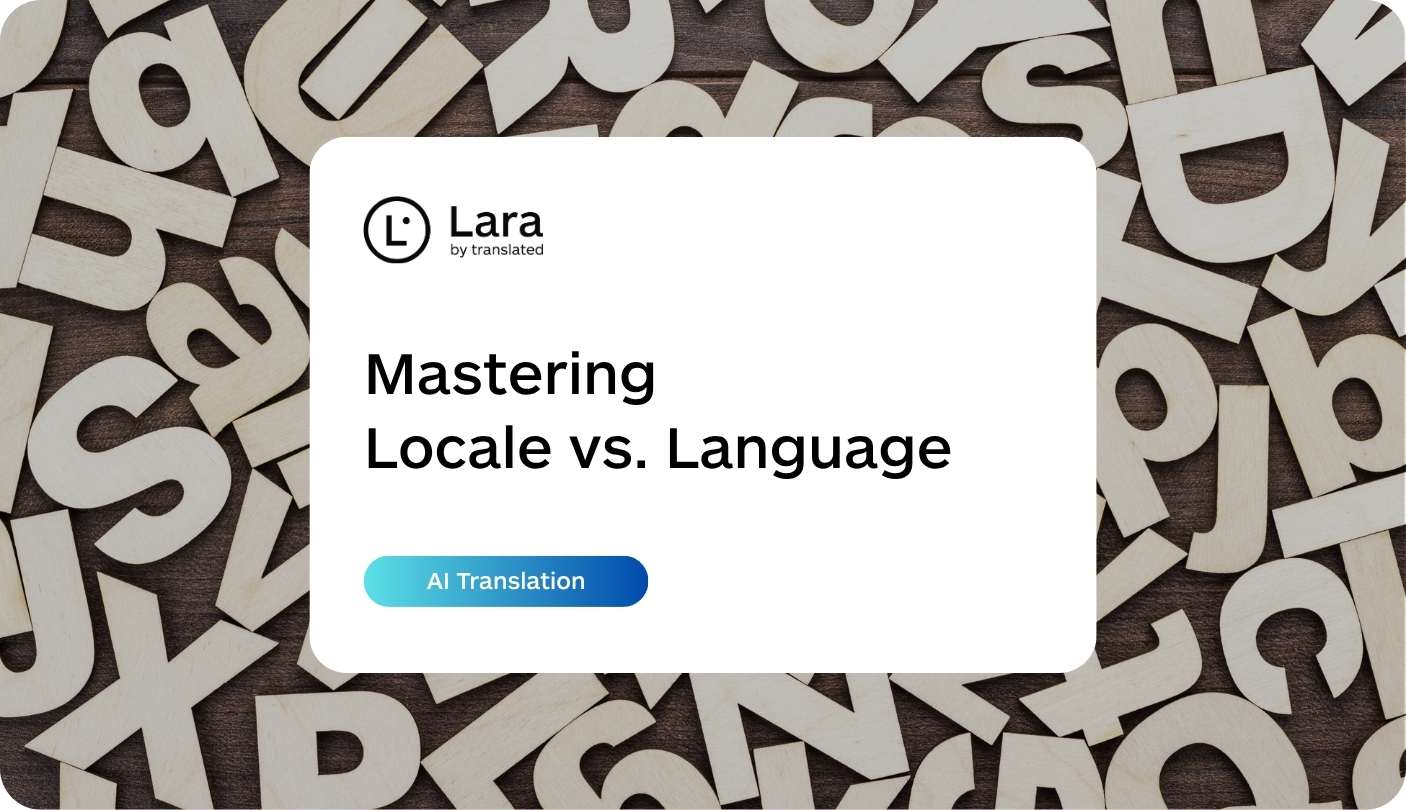Expanding into new countries means more than just speaking a different language, it’s about truly connecting with people in a way that feels natural and meaningful to them. How your brand is seen around the world can make all the difference in your global success.
That’s why localization matters. It’s not just about translating words, it’s about shaping your entire brand experience so it clicks culturally and linguistically with each local market you want to reach.
How localization affects brand image
When a consumer encounters your brand in their native language and cultural context, something remarkable happens. The brand perception and language connection creates an immediate sense of familiarity and relevance. This powerful relationship between language and perception shapes how potential customers view your brand’s credibility, trustworthiness, and relevance to their lives.
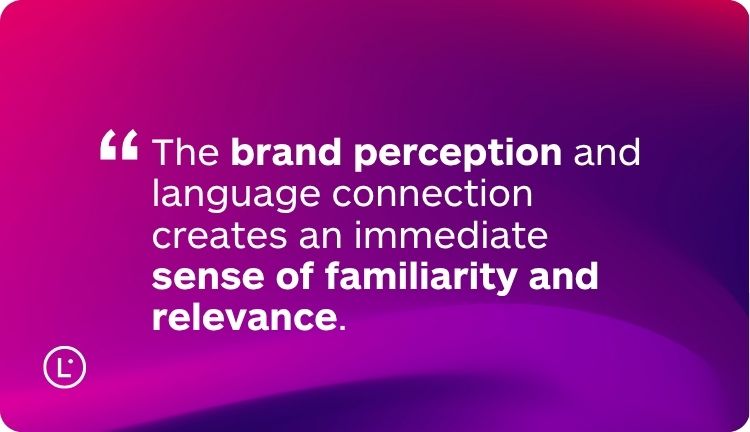
Localization goes far beyond simple translation. It encompasses adapting your messaging, visuals, cultural references, and even business practices to align with local expectations. When done well, it signals to consumers that you understand and respect their culture – creating positive associations that can significantly enhance your brand’s global image.
The psychology behind cultural adaptation and branding
The human brain processes information differently based on cultural background and language. What works in your domestic market might fall flat – or worse, offend – in another. Cultural adaptation and branding is about recognizing these differences and tailoring your approach accordingly.
For example, color associations vary dramatically across cultures. While white signifies purity in Western countries, it’s associated with mourning in many Asian cultures. Similarly, humor, metaphors, and storytelling approaches that resonate in one market may confuse or alienate audiences in another.
When brands fail to adapt culturally, the consequences can be severe. Consider the infamous case of Pepsi’s slogan “Come alive with the Pepsi Generation,” which was translated into Chinese as “Pepsi brings your ancestors back from the grave” – hardly the refreshing image they intended to project! Such missteps can damage brand reputation and consumer trust for years.
Creating a localized brand experience
A truly localized brand experience extends beyond translated websites and marketing materials. It encompasses every touchpoint in the customer journey:
- Product adaptations to meet local needs and preferences
- Customer service in local languages and time zones
- Payment methods that align with local consumer habits
- Culturally appropriate imagery and design elements
- Content that addresses local pain points and aspirations
Brands that excel at creating these comprehensive localized experiences see significant improvements in customer engagement, loyalty, and advocacy. A study by Common Sense Advisory found that companies that increased their translation and localization budgets were 1.5 times more likely to report revenue growth than those that decreased spending.
Examples of localization improving brand perception
Let’s examine how strategic localization has transformed brand perception for several global companies.
Coca-Cola’s “Share a Coke” campaign

Coca-Cola’s wildly successful “Share a Coke” campaign demonstrates the power of localization. Rather than simply translating the campaign messaging, Coca-Cola researched the most popular names in each market and printed them on bottles, creating a deeply personal connection with local consumers. The campaign extended beyond names to include local terms of endearment and cultural references that resonated in each region.
The results were remarkable: Australia saw a 7% increase in consumption, while the US experienced its first sales growth in over a decade. This localization effort transformed Coca-Cola from a global corporation to a brand that felt personally connected to local communities, significantly enhancing consumer perception.
McDonald’s local menu adaptations
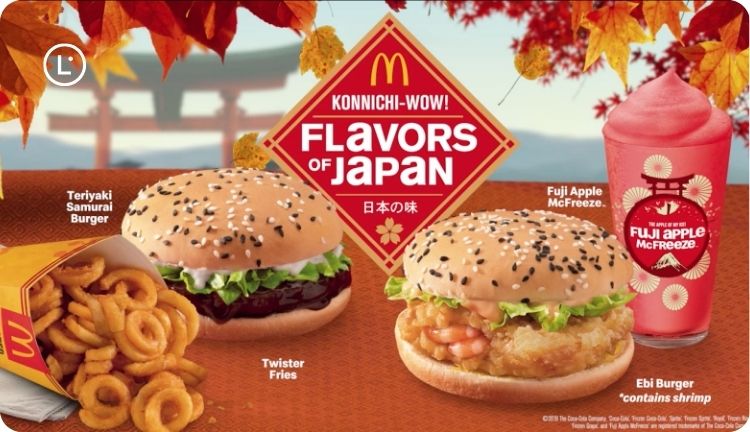
McDonald’s has mastered the art of maintaining global brand consistency while embracing local flavors. Their menu adaptations include the Teriyaki McBurger in Japan, the McSpicy Paneer in India, and the Croque McDo in France. These locally inspired offerings demonstrate cultural respect and understanding, strengthening the brand’s position in diverse markets.
By combining familiar global elements with local favorites, McDonald’s creates a balanced experience that feels both international and authentically local. This approach has helped them overcome cultural barriers and build strong local customer bases worldwide.
The impact of translation on branding
The quality and approach to translation can dramatically influence how your brand is perceived globally. Poor translations can make your brand appear unprofessional, careless, or out of touch – while culturally sensitive, contextually appropriate translations can elevate your brand’s standing.
Beyond word-for-word conversion
The impact of translation on branding extends far beyond converting text from one language to another. It involves capturing the essence, tone, and intent of your messaging in a way that resonates with the target culture. This process, often called transcreation, reimagines content while preserving your brand’s core identity.
For example, when Netflix expanded globally, they didn’t just translate show descriptions – they adapted them to highlight elements that would appeal to specific cultural audiences. This approach helped Netflix become a truly global brand while maintaining relevance in local markets.
Balancing global consistency with local relevance
One of the greatest challenges in localization is maintaining brand consistency while adapting to local markets. Your brand needs to be recognizable worldwide yet feel tailored to each specific market.
Companies like Apple strike this balance effectively by maintaining consistent visual identity and core messaging while adapting their communication style and emphasis to reflect local priorities. Their product packaging, store designs, and overall aesthetic remain recognizable worldwide, but their marketing campaigns address cultural nuances and local consumer behaviors.
Leveraging technology for better localization
Advanced translation technologies are revolutionizing how brands approach localization. Tools like Lara Translate combine the efficiency of AI with the cultural understanding necessary for effective brand localization.
Lara Translate stands out by offering more than just translation – it provides context-aware localization capabilities that preserve your brand’s voice while adapting content appropriately for different markets. The platform’s technology understands cultural nuances and helps create localized messaging that feels natural to native speakers. Unlike basic translation tools, Lara Translate considers the broader context of your content, ensuring that your brand’s personality and values shine through in every language.
Brand trust and localization: building credibility across borders
Trust is the foundation of any successful brand relationship, and localization plays a crucial role in establishing that trust globally. When consumers encounter content in their native language that respects their cultural context, they’re more likely to trust your brand and its offerings.
Brand trust and localization are deeply interconnected in several ways:
- Properly localized content demonstrates respect for the customer’s culture and language
- Local payment methods and business practices show commitment to serving the market properly
- Culturally appropriate customer service builds rapport and goodwill
- Localized social proof (testimonials, case studies) increases credibility with local audiences
- Adhering to local regulations and customs signals trustworthiness
Research by CSA Research found that 65% of consumers prefer content in their native language, even if the quality is lower than English content. This highlights how strongly language influences trust – consumers would rather have imperfect native language content than perfect foreign language content.
Case studies on brand localization
Examining case studies on brand localization provides valuable insights into effective strategies and their outcomes.
Airbnb: building community through localization

Airbnb’s approach to localization focuses on building authentic local communities. Rather than simply translating their platform, they adapted their entire business model to accommodate local payment preferences, communication styles, and regulatory requirements.
In Japan, Airbnb created culturally specific content explaining the concept of home-sharing, which was less familiar there than in Western markets. They also implemented features addressing specific local concerns about privacy and security. This comprehensive localization strategy helped Airbnb overcome initial resistance and build a thriving community in Japan, demonstrating how thorough cultural adaptation can transform brand perception.
IKEA: adapting the catalog for global markets
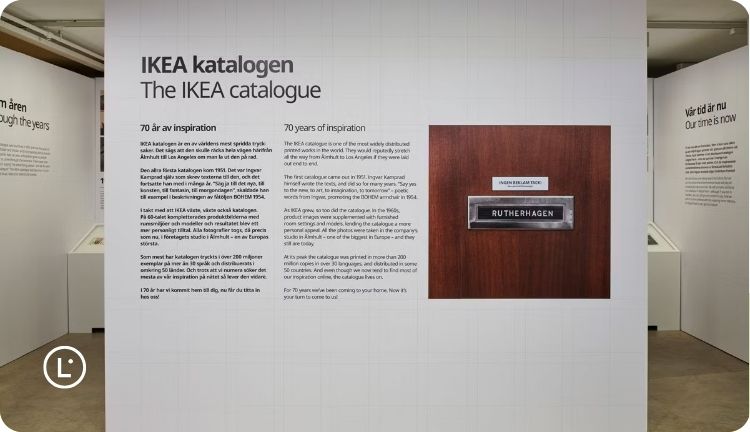
IKEA’s famous catalog provides a fascinating study in localization. While maintaining their distinctive Scandinavian design aesthetic worldwide, IKEA meticulously adapts their catalog for different markets. This adaptation goes beyond translation to include:
- Different room setups reflecting local living arrangements
- Culturally appropriate lifestyle imagery and family compositions
- Product selections tailored to local preferences and needs
- Pricing strategies adapted to local economies
In Saudi Arabia, IKEA initially caused controversy by removing women from catalog images. After feedback, they developed a more nuanced approach that respects local cultural sensitivities while maintaining their commitment to diversity and inclusion. This evolution demonstrates how localization is an ongoing process requiring continuous learning and adaptation.
The importance of localized content for brands
In the digital world, content drives consumer engagement, search visibility, and purchasing decisions. The importance of localized content for brands cannot be overstated – it directly impacts your ability to connect with global audiences and compete in local markets.
Localized content strategy should consider:
Website localization
Your website is often the first touchpoint consumers have with your brand. A fully localized website includes adapted navigation, functionality, imagery, and content. According to a recent study on website localization, users spend twice as long on sites in their native language and are three times more likely to convert.
Social media localization
Social platforms provide valuable opportunities to engage with local audiences. Effective social media localization involves:
- Creating market-specific accounts when appropriate
- Posting at times relevant to local audiences
- Referencing local events, holidays, and cultural moments
- Engaging with followers in their language
- Understanding platform preferences (e.g., LINE in Japan vs. WhatsApp in Brazil)
Multimedia localization
Video, audio, and interactive content often require specialized localization approaches, including dubbing, subtitling, and cultural adaptation of visual elements. According to research on localization strategy, multimedia content that’s properly localized sees 4-5 times higher engagement rates than content that’s merely translated.
Creating a brand localization strategy
Developing an effective brand localization strategy requires thoughtful planning and execution. Here’s a framework to guide your approach:
- Conduct market research: begin with thorough research on target markets, including cultural values, consumer behaviors, and competitor positioning.
- Prioritize markets strategically: not all markets deserve equal investment. Prioritize based on potential return, competitive landscape, and strategic importance.
- Assemble the right team: build a cross-functional team including local experts, marketing professionals, and localization specialists.
- Create localization guidelines: develop clear guidelines for how your brand should be adapted across markets while maintaining core identity elements.
- Select appropriate technologies: choose translation and localization technologies that support your specific needs and integrate with your existing systems.
- Implement continuous feedback loops: establish mechanisms to gather local market feedback and refine your approach over time.
- Measure success: define clear KPIs to evaluate the effectiveness of your localization efforts, beyond simple metrics like page views or time on site.
The competitive advantage of effective localization
Effective localization has moved from a nice-to-have feature to a competitive necessity. Brands that invest in thoughtful, comprehensive localization strategies gain significant advantages in international markets:
- Deeper emotional connections with consumers
- Improved customer loyalty and lifetime value
- Enhanced brand reputation and credibility
- Stronger competitive positioning against local players
- Greater market penetration and revenue growth
Cultural relevance isn’t just about avoiding mistakes – it’s about creating authentic connections that make your brand meaningful to diverse audiences worldwide. By developing a nuanced understanding of how localization affects brand perception, you position your company for sustainable global success.
When executed well, localization transforms your brand from a foreign entity to a trusted local presence, creating a foundation for long-term growth and customer loyalty across borders.
FAQs
How does localization differ from translation?
Translation converts text from one language to another, while localization adapts the entire user experience – including cultural references, imagery, formatting, and functionality – to feel natural to the local audience.
How much should we adapt our brand for local markets?
This depends on your brand’s global strategy and the specific markets involved. Some elements like core values and visual identity often remain consistent, while messaging, examples, and cultural references may be more heavily adapted.
Is machine translation sufficient for brand content?
While AI translation has improved dramatically, brand content usually requires human oversight to ensure the right tone, cultural appropriateness, and emotional resonance. A hybrid approach using advanced tools like Lara Translate with human review often yields the best results.
How can we measure the ROI of localization efforts?
Key metrics include market-specific engagement rates, conversion rates, customer acquisition costs, and revenue growth. Also consider qualitative measures like brand perception surveys and social sentiment analysis.
How frequently should we update localized content?
Localized content should be updated whenever your primary content changes. Additionally, regular reviews (at least annually) help ensure continued cultural relevance as markets evolve.
This article is about:
- How localization shapes brand perception in global markets
- Creating culturally adapted brand experiences that build trust
- The impact of translation and content on brand identity
- Strategies for effective brand localization to support international growth
Have a valuable tool, resource, or insight that could enhance one of our articles?
Submit your suggestion — we’ll be happy to review it and consider it for inclusion to enrich our content for our readers!
Useful articles
